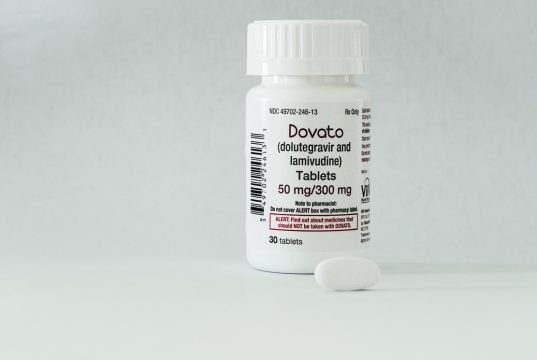Advertisment
Diabetes care depends on how your doctor is paid

From 2006 to 2008, nearly 75 per cent of patients with diabetes living in Ontario did not receive all of the tests recommended to properly monitor their disease. How their doctor was paid was one of the factors determining the care they received.
The study, published today in the Canadian Journal of Diabetes, found that patients who were not actively enrolled with a family doctor were least likely to receive optimum diabetes care. The researchers found that more than 200,000 Patients with diabetes were not formally enrolled with a family doctor – either because they didn’t have a family doctor or because their doctor practiced in a traditional fee-for-service model.
Over the last decade, in an effort to improve Patients’ access to family doctors and provide more timely care, the province began implementing different payment models for physicians. Traditionally, family doctors in Ontario were paid a fee for each service they provided, billing OHIP for each patient visit. In newer models, doctors’ pay is more complicated – a combination of fee-for-service payment and a lump sum payment for every patient enrolled in their practice. Many doctors now receive the majority of their pay through a lump sum payment per patient, called capitation. All new models emphasize formally enrolling patients with a family doctor or group of doctors.
“When it comes to diabetes, not all Patients are getting equal care,” said lead author Dr. Tara Kiran, a family physician and an associate scientist in the Li Ka Shing Knowledge Institute of St. Michael’s Hospital. “Patients whose doctors are paid a lump sum per patient are more likely to get the diabetes tests they need. Lump sum funding gives family physicians the flexibility to spend more time with complex patients, collaborate with other professionals, and integrate email and phone calls into their practices.”
Ontario has transitioned 40 per cent of its family physicians to capitation models in the hopes of improving quality of care and reducing costs. Capitation models require evening and weekend clinics, formally enrol patients, and have incentive payments to physicians for immunizations, cancer screening, smoking cessation and management of chronic diseases such as diabetes. The still-existing and traditional physician payment model pays doctors a fee for each service they provide and does not require evening and weekend clinics or include the additional step of formal enrolment.
Because the study looked at one point in time, more research is needed to see if new payment models caused improvements in care over time or if higher-performing physicians were the doctors to join the newer payment models.
The Canadian Diabetes Association’s clinical practice guidelines recommend that over the course of two years patients with diabetes undergo four HbA1C laboratory tests to measure blood sugar control, two cholesterol tests and a retinal eye exam. Researchers defined optimum diabetes care as receiving all three types of testing at the recommended intervals.
Researchers analyzed data for 757,928 people with Type 1 and Type 2 diabetes who were aged 40 or older – approximately 12 per cent of Ontario’s population.
Between 2006 and 2008
- Sixty-eight per cent of Patients with diabetes received one or more retinal eye exams
- Seventy-eight per cent of Patients with diabetes underwent at least one HbA1C laboratory test to measure blood sugar control and 37 percent had four or more tests, as recommended
- Eighty per cent of Patients with diabetes received at least one cholesterol test and 59 per cent received the optimal two cholesterol tests.
“Limited access to good primary care can lead to poor management of chronic diseases, fragmented care through walk-in clinics, and overburdened emergency departments,” said Dr. Rick Glazier, a senior scientist at ICES and research director in the Department of Family and Community Medicine of St. Michael’s Hospital.
The authors suggest that intensifying patient outreach, improving physician education, encouraging enrolment, and making efforts to remove barriers to care may reduce this care gap.





